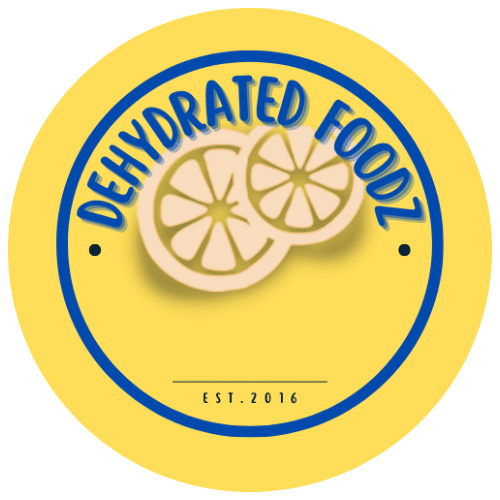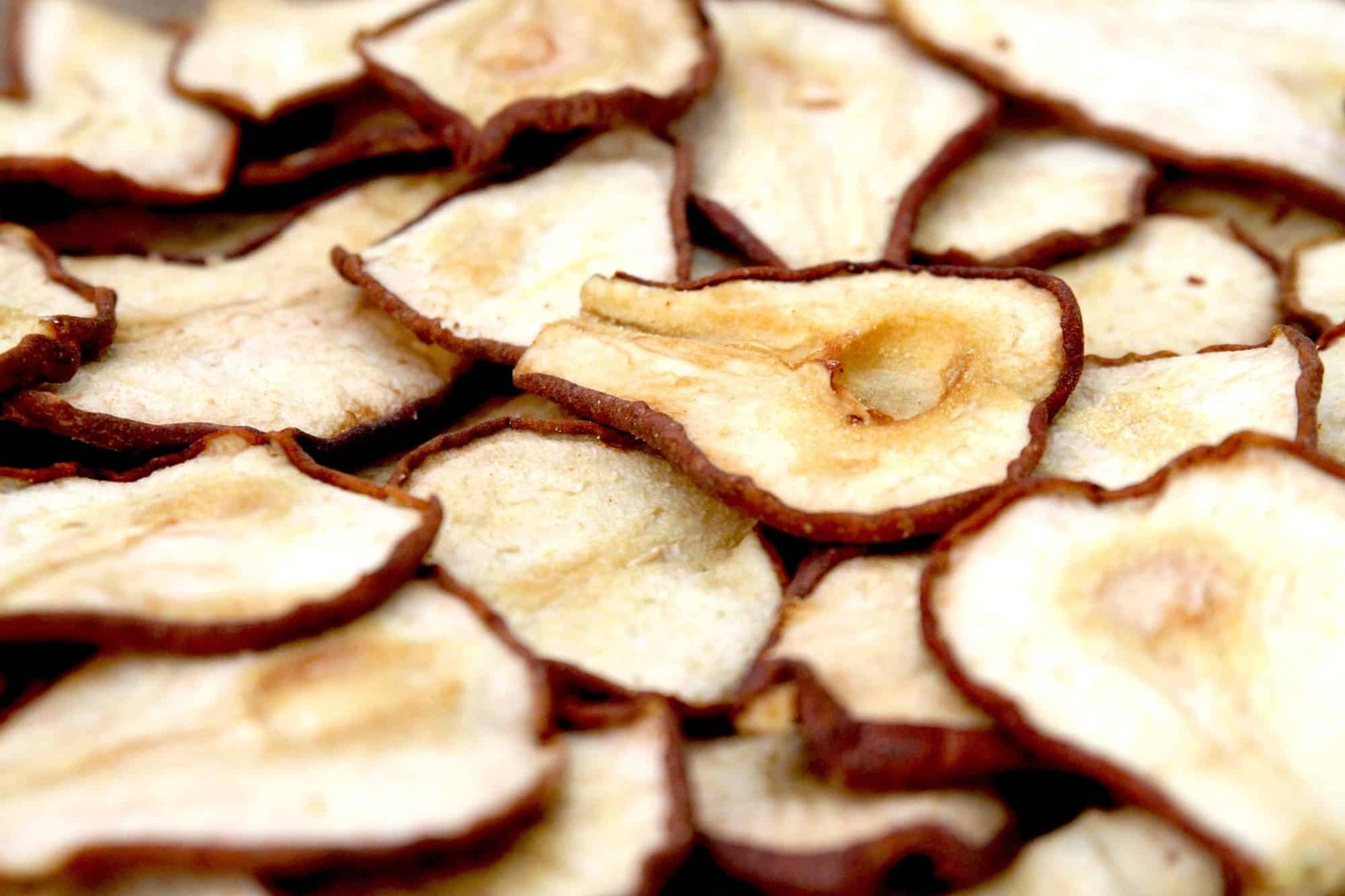The question “Does dehydrating food change nutritional value?” has been on the minds of many health enthusiasts and cooking aficionados. Dehydration, a food preservation process that’s been in practice for centuries, has often been examined for its effect on the nutrient content of food. This article offers an in-depth look at the potential nutritional shifts that can occur when food undergoes dehydration.
As about 60% of consumers pay attention to the nutritional facts on food packages, it’s important to consider how dehydrated foods can add to our health. When we’re looking to improve our health and eat better, dehydrated food can help if we use it wisely. If we don’t, we might end up losing lots of nutrients when we eat.
Here are three things you should know about the dehydration process and how dehydrated foods can add to good health.
1. Some Nutrient Degradation
Depending on which vitamins you’re hoping to get from your food, you might have trouble getting as much from dehydrated foods. If you’re looking to get more vitamin A or C, you’ll find that when they hit air or heat, the vitamin content drops. Vitamins B and C will end up in your cooking water if you end up rehydrating them that way.
You need to store dehydrated foods in a dark place, as foods might lose their content when they hit the light.
Some foods might end up with only a small percentage of their original vitamin content. You’ll get the most from biting into a fresh apple picked from a tree, but if you’re willing to add a little more to your cooking, you can get the same nutrients.
2. Some Treatments Hurt Nutrients
Depending on how you treat your dehydrated foods, you could end up with lower nutrients that you start with.
Sulfite treatments or sodium metabisulfite could result in lower vitamin content. If you’re worried about keeping your nutrients, blanching before you dehydrate will help keep in some of the vital contents.
If you dip your fruit in pineapple or lemon juice before you dehydrate them, you can keep some of the vitamin C they lose during dehydration. This also helps to keep them from turning brown as they’re dehydrated.
3. Comparing Methods
If you want to ensure that your dehydrated foods keep as much nutritional content as possible, dry them properly.
Freeze-drying foods allow for fewer nutrient loss issues than when you use a dehydrator. However, this is a much more labor-intensive process.
How you store your food will make a much greater difference in maintaining nutritional content.
After food is dehydrated, it needs to be properly packaged. After they’re cooled, they should be in a container for two weeks and then shaken every day.
If they gather condensation, they’re not dehydrated and they need to be dehydrated further. Failing to dehydrate properly leads to contamination. Contamination will cause your food to decay and problems to grow inside of containers.
Nutritional Value of Dehydrated Food: What Changes?
The impact of dehydration on the nutritional value of food can be multifaceted. Here’s an overview of how specific nutrients fare during the dehydration process:
Calorie Content: The calorie content of food remains unchanged during dehydration. However, as water is removed, the calories are concentrated into a smaller mass, making dehydrated food more calorie-dense than its fresh counterpart.
Fiber: The fiber content remains unaffected during dehydration. In fact, dehydrated foods may have a higher proportion of fiber in relation to their weight compared to fresh foods.
Vitamins: Certain vitamins are sensitive to heat and may be diminished during the dehydration process. Vitamins A and C, in particular, may be reduced due to exposure to heat and air.
Minerals: Most minerals remain intact during dehydration. However, some minerals may be lost during rehydration if the water used for soaking is not consumed.
Enzymes: Dehydration involves heat, and heat can deactivate some enzymes. However, the low temperatures used in home dehydration are less likely to kill enzymes compared to cooking.
Enhancing the Nutritional Value of Dehydrated Food: Practical Tips
The good news is that there are several ways to minimize the loss of nutrients during dehydration. Here are six effective strategies:
Pre-Treat Your Food: Pre-treating food with a solution like lemon juice can minimize the loss of vitamin C during dehydration. Furthermore, it can prevent discoloration in foods like apples and pears.
Blanch Your Vegetables: Blanching can help preserve certain nutrients like thiamine and carotene. However, it can also lead to some loss of vitamin C.
Slice Your Food Evenly: Uniform slicing helps avoid overheating or over-drying smaller pieces, which can lead to further nutrient loss.
Rotate Your Dehydrator Trays: Regular rotation ensures equal drying and prevents over-drying certain portions.
Dehydrate Food at the Right Temperature: Proper temperature control is crucial in preserving nutrients. Different foods require different temperatures for optimal dehydration.
Store Your Dehydrated Food Properly: After dehydration, the food needs to be stored properly to maintain its nutritional value. A cool, dark, dry place is ideal.
Dehydrated Food Can Help You Stay Healthy
As cold and flu season approaches, it’s vital that everything we eat contributes to a strong immune system. If our dehydrated food doesn’t have the nutrients we expect it to, we might end up losing out on some vital nutrients we need to stay healthy.
So, Does Dehydrating Food Change Nutritional Value?
In conclusion, the answer to “Does dehydrating food change nutritional value?” is yes, but the degree of the change depends on the nutrient type and the dehydration method used. While water-soluble vitamins are affected the most, minerals and proteins remain relatively stable.
Despite the fact that dehydration can result in a loss of some vitamins, it’s crucial to remember that dehydrated foods continue to provide nutritional value. They can offer a good source of fiber, energy, and other essential nutrients.
While dehydration does alter the nutritional value of food to some extent, it doesn’t strip the food of nutrients entirely. It’s all about balance and diversity. Including a combination of fresh and dehydrated foods in your diet can help ensure you receive a broad range of nutrients and enjoy the benefits of both types of food.
If you want to get the most out of your food dehydrator, check out our guide for tips on new ways to use yours.

